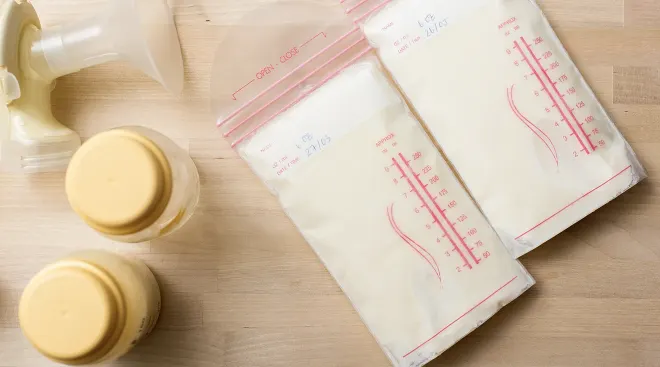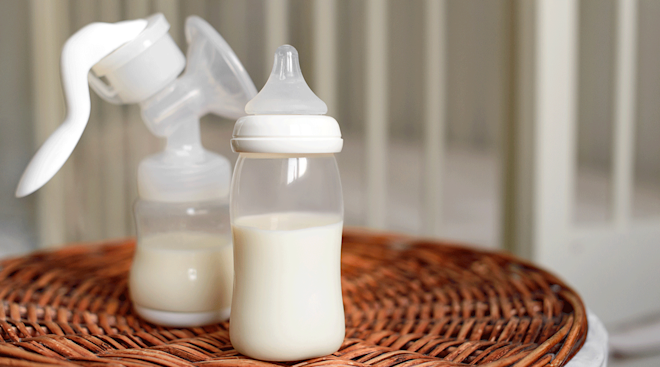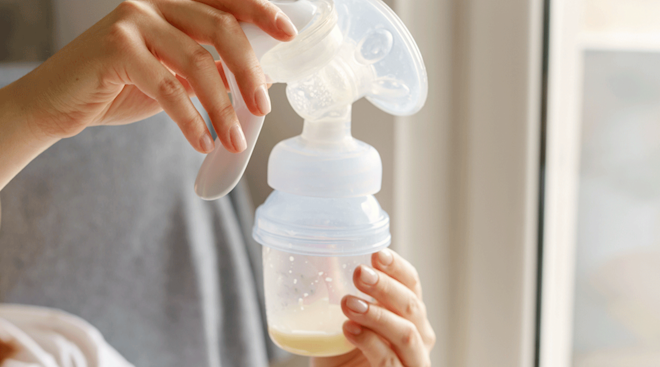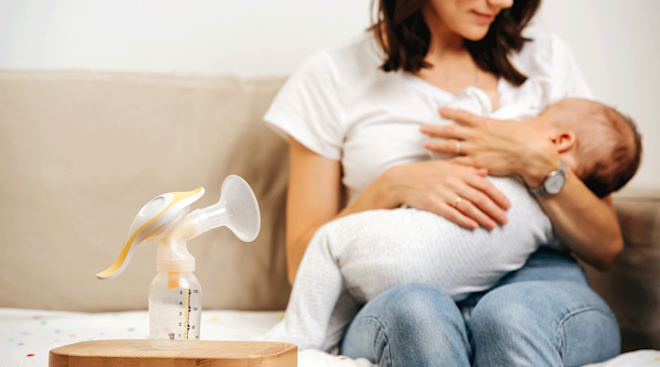This sponsored post was written by Lisa Carnevale of Avent.
The benefits of breastfeeding for both baby and mom are numerous and well-known. Breastfeeding provides your baby with optimal nutrition and antibodies, boosts general health and development, and is a great way for the two of you to bond. At the same time, it helps moms shed pregnancy weight and is more economical than formula. The American Academy of Pediatrics recommends new mothers breastfeed for the first year.
While breastfeeding may be the most natural method, it can be challenging for many moms, especially when returning to work, traveling or being separated from your baby for extended time periods. Combining breastfeeding and bottle feeding is one way to manage this challenge and can extend the length of time you can breastfeed. It’s also a great way to involve your partner in feedings.
Some considerations to keep in mind:
- Bottles : Finding a bottle that works for your little one may require some trial and error. A great one to start with is the Philips Avent Natural Bottle. The breast-shaped nipple encourages natural latch-on and makes it easier to combine breastfeeding and bottle feeding.
- Breast Pump : If you are planning to pump milk regularly, you may want to invest in a double electric breast pump, which enables you to cut pumping time in half. The Philips Avent Double Electric Comfort Breast Pump features soft massage cushions to help stimulate milk flow and the angled neck on the pumps eliminates the need to lean forward while expressing. It’s also an integrated system that allows you to pump, store and feed with the same bottle, so you never have to transfer milk.
- Milk Storage : In order to store larger volumes of breast milk safely, you may want to purchase breast milk storage bags or containers. Breast milk can be refrigerated for up to eight days and frozen for up to 3 months. Since leftover breast milk should not be stored and re-fed, store in two- to four-ounce serving sizes to avoid waste.
Breastfeed exclusively for the first few weeks to establish your milk supply and ensure your baby is feeding well before introducing a bottle. The best time to introduce the bottle is when your baby is hungry but not starving – maybe the second feeding of the day. You may want to have your partner or another caregiver feed the baby the first few bottles, and you may even want to leave the room during these initial bottle feedings to avoid distracting your baby.
To maintain your milk supply, try to pump when you would normally nurse. If you can’t pump as often as you like, you can always supplement your breastfeeding routine with formula. When breastfeeding or pumping, add approximately 400 to 500 calories to your pre-pregnancy daily diet and drink plenty of fluids to stay hydrated.
For more information, check out these helpful resources:
American Academy of Pediatrics: www.aap.org
Philips AVENT: www.philips.com/AVENT
Healthy Children.org from the American Academy of Pediatrics: www.healthychildren.org
KellyMom: www.kellymom.com
La Leche League: www.llli.org
Please note: The Bump and the materials and information it contains are not intended to, and do not constitute, medical or other health advice or diagnosis and should not be used as such. You should always consult with a qualified physician or health professional about your specific circumstances.
Navigate forward to interact with the calendar and select a date. Press the question mark key to get the keyboard shortcuts for changing dates.




















































